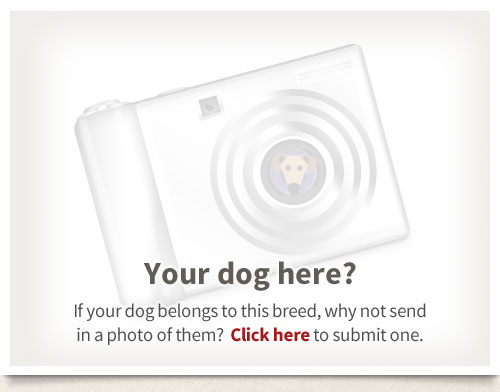Origin
Dogs of the Bloodhound type have existed for millennia. Modern Bloodhounds are widely believed to be descended from the St Hubert Hound which was bred in the Ardennes region of Europe by the monks of the Flemish monastery of St Hubert in the 7th century. The Bloodhound is still known in France and by the Federation Cynologique Internationale as the Chien de Saint Hubert. Most authorities dismiss the suppositions that the name derives either from trailing blood or from association with aristocratic owners, it is far more likely that ‘blood’ refers to the purity of the hounds’ lines in the same way as well-bred horses are called ‘blood’ horses. The oldest and the largest of the scent-hounds Bloodhounds were originally used to hunt large game such as deer, but population increase and consequent deforestation in Britain saw game numbers diminish and fox-hunting with smaller hounds take over from stag-hunting. Bloodhound numbers declined but revived slightly with the advent of dog showing in the 19th century. The attribute which distinguishes Bloodhounds from the other scent-hounds is the extraordinary ability to track on a trail that is days old. One hound is known to have followed a cold trail for 138 miles and another to have successfully worked a trail more than thirteen days old. This talent has made the Bloodhound very useful to law enforcement agencies and to Search and Rescue organizations. Identification testimony by a Bloodhound is acceptable in many courts of law.
Character
Contrary to what is sometimes depicted in films and popular fiction the Bloodhound is not a ferocious, bloodthirsty man-killer. He is a gentle, bumbling, affectionate fellow who, if finding an escaped criminal, will be overjoyed to see him and more likely to drown his victim in slobbery kisses than to maul him. As a family pet he becomes deeply attached to his people and will mourn and fail to thrive if separated from them, thus a commitment must be made from the start that he is yours for life as he does not adapt well to changing homes. Neither should he be consigned to a lonesome life outside. He needs lots of company, plenty of attention and a place indoors with those to whom he has given his devotion. Despite his great size and imposing dignity he is a surprisingly sensitive dog. He will be crushed should he find himself the focus of censure and family disharmony will cause him considerable stress. With children he is generally good natured and patient but he is a big dog and even young puppies are large enough to knock over a small child with enthusiastic bouncing and greeting. As with most hounds he is unlikely to be quarrelsome with other dogs. He is a good watchdog but is not bred to have strong guarding instincts, however his size and sonorous bark would be sufficient to deter most intruders. It should be noted that his melodious baying is not music to all ears and may not be appreciated by neighbours. It is important to have a securely fenced garden as he may jump, climb or dig his way out should he discover an interesting scent. Once on a trail he is dedicated and tireless and his single-minded purpose may lead him for miles, not noticing or stopping for anything in his path. The Bloodhound is not recommended for novice owners, or for those who do not appreciate the addition of copious quantities of drool to their decor and clothes.
Exercise
The Bloodhound requires a considerable amount of exercise to keep him physically fit and mentally stimulated. Daily walks are essential but he should not be allowed to roam off lead as his nose can easily lead him into trouble as he will become deaf to commands when on a trail. Also, once his head is down on a scent the loose skin of his head tends to fall over his eyes and dogs have been known to run into trees or fall over cliffs and be badly injured or killed. The canine sport of tracking is one in which the Bloodhound naturally excels and which provides him with the opportunity to do what he was bred for. It is important that puppies should not be over-exercised. Long walks, running up and down stairs, rough play, jumping, all should be avoided until maturity when bones and joints are less vulnerable to the stresses which can cause permanent, painful and irreparable damage.
Training
A mature male Bloodhound can weigh considerably more than the upper limit given in the Breed Standard and is quite powerful enough to drag an adult off his/her feet. Basic obedience training should therefore be stared at a young age in order that he learns to walk on a loose lead and to be amenable to commands. While competition obedience may not be his forte and he may not be as quick to understand and act on commands as other breeds he can certainly learn if patience, consistency and kindness are employed. Harsh discipline, verbal or physical, is unnecessary. Such methods will only slow the learning process and destroy trust while motivational training will bring out the best that a dog who is ruled by his nose has to offer. Early and on-going socialization which introduces him to various people, sounds, situations and other animals will ensure that the puppy grows to be a reliable, level-headed, well-mannered representative of his ancient and noble breed.
Health
- Gastric dilitation volvulus (GDV)
- hip dysplasia
- elbow dysplasia
- eye problems
- fold dermatitis
Pictures
Some photographs of the Bloodhound...







